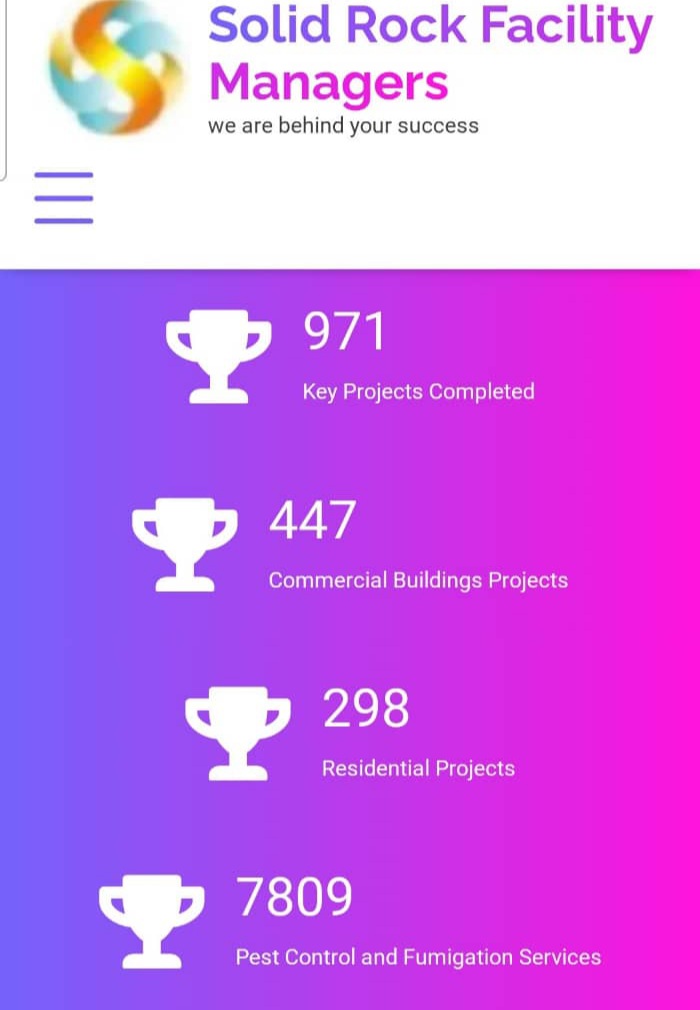Facility and Risk Management Tips presented by www.solidrockfacilitymanagers.com
The Hidden Costs Of Inconsistent Employee Training
Outdated training models are undermining safety, productivity, and profitability in the food manufacturing industry, often without detection.
Inconsistent employee training in the food manufacturing industry is a critical, but often overlooked cost factor, reveals a new report from workforce development platform WorkForge. The Hidden Costs of Inconsistent Employee Development in Food Manufacturing offers a comprehensive analysis of how outdated training models are undermining safety, productivity, and profitability—often without detection.
With food manufacturing turnover rates hovering near 40% and the average cost of replacing a frontline worker estimated at over $10,000, the cumulative financial impact of unstructured training is staggering. WorkForge’s research—based on interviews, case studies, and operational data from mid-sized and enterprise food manufacturers—highlights a growing disconnect between training investments and business outcomes.
“The findings are clear: reactive, check-the-box training programs are costing manufacturers millions in preventable losses,” said Nathan Walts, Chief Executive Officer of WorkForge. “When companies fail to invest in scalable, structured development from day one, they open themselves up to increased rework, safety incidents, compliance violations, and employee churn.”
The report highlights 10 critical areas where unstructured training impacts operations—from employee attrition and waste to compliance violations and missed innovation. From high turnover and waste to safety risks and low morale, the absence of structured training leads to inefficiencies across the board.
According to the report, key impacts of inconsistent training include:
1 Waste and rework driven by errors from undertrained staff.
2 Regulatory violations and food safety risks that result in heavy fines and costly recalls.
3 Downtime and equipment damage, costing companies up to $30,000/hour.
4 Workplace injuries, averaging $40,000 per incident.
5 Missed innovation opportunities, limiting long-term growth.
The bottom line, according to WorkForge, is that investing in learning and development isn’t just a people initiative—it’s a critical strategy to protect margins, safety, and long-term success.
“When people are better prepared, they make fewer mistakes, work more safely, stay longer, and perform at higher levels for more overall productivity,” commented Walts. “That’s how WorkForge helps reduce operational risk and protect the bottom line.”





